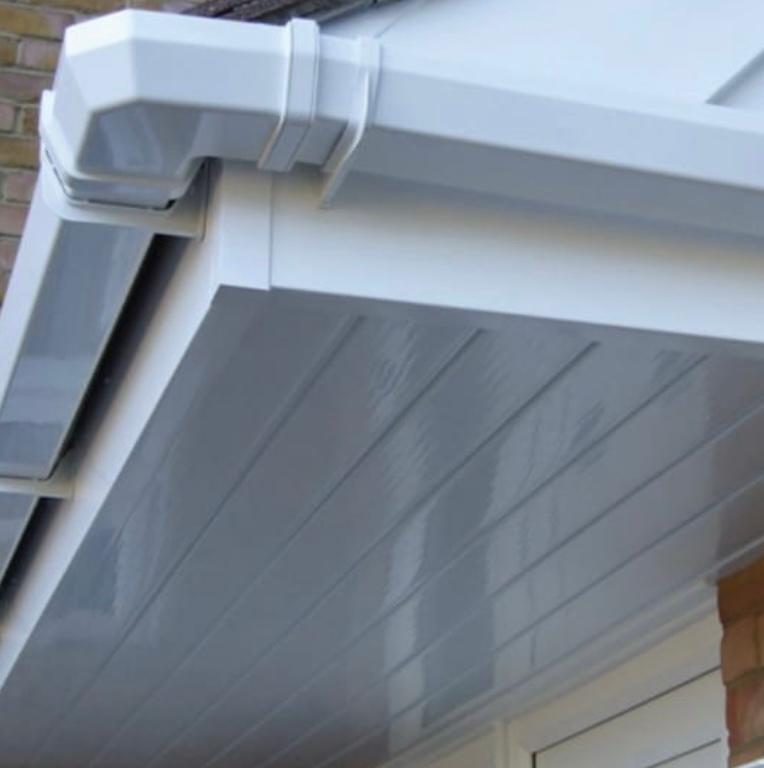Protecting Your Roof from Moss and Algae Growth: Best Practices from Hightop Roofers Birmingham
This is a subtitle for your new post
As spring approaches, Hightop Roofers Birmingham, advice for homeowners across the UK, is now is an ideal tome for roof cleaning and maintenance. While many property owners focus on tidying up interiors and sprucing up gardens, one crucial area often overlooked is the roof. Over time, roofs can become breeding grounds for moss and algae, which not only compromise their structural integrity but also detract from the aesthetic appeal of your home. In this blog post, our roofing Birmingham team will explore the best practices for protecting your roof from moss and algae growth through effective spring cleaning.
Understanding the Problem: Moss and Algae
Moss and algae thrive in moist and shaded environments, making roofs an ideal habitat, especially in the damp climate of the UK. Moss tends to accumulate in areas with poor sunlight exposure and trapped moisture, such as the north-facing slopes of roofs or beneath overhanging trees. Algae, on the other hand, typically appear as dark streaks or patches on roof surfaces and are often mistaken for dirt or soot.
The Risks of Moss and Algae Growth
Aside from the unsightly appearance they impart, moss and algae can cause significant damage to your roof if left unchecked. Moss, with its root-like structures, can penetrate and lift shingles, leading to water infiltration and roof leaks. Algae, although less invasive, can still deteriorate roof materials over time and compromise their longevity. Additionally, the presence of moss and algae can affect the overall curb appeal and resale value of your property.
Best Practices for Spring Cleaning
- Safety First: NEVER attempt to climb on a roof yourself, this SHOULD be left to your local professional roofing company
- Inspect Your Roof: Begin by conducting a thorough inspection of your roof, from the ground, ideally with binoculars, to identify areas affected by moss and algae growth. Pay close attention to shaded areas, valleys, and spots where debris tends to accumulate.
- Gentle Cleaning Methods: Professional roofers should avoid harsh cleaning methods such as power washing, as they can damage roof tiles and exacerbate the problem. Instead, opt for gentler techniques such as using a soft-bristled brush or a low-pressure garden hose to remove moss and algae.
- Natural Cleaning Solutions: Your local roofing professional should consider using natural cleaning solutions to tackle moss and algae growth effectively. A mixture of equal parts water and white vinegar or oxygen bleach can help break down and remove organic matter without harming your roof or the surrounding environment.
- Preventive Measures: To prevent moss and algae from returning, trim overhanging branches to allow more sunlight onto your roof and improve air circulation. Additionally, consider installing zinc or copper strips along the ridge line, which release metal ions that inhibit the growth of moss and algae.
- Regular Maintenance: Make roof cleaning and maintenance a regular part of your spring cleaning routine. Schedule annual inspections and cleanings with your local professional to address any emerging issues before they escalate into costly repairs.
Conclusion
Protecting your roof from moss and algae growth is essential for maintaining its integrity and prolonging its lifespan. By following the best practices outlined in this blog post and incorporating regular maintenance into your spring cleaning regimen, you can keep your roof looking pristine and functional for years to come. Remember, a clean roof not only enhances the aesthetic appeal of your home but also safeguards it against potential damage and costly repairs.
Contact Hightop Roofers Birmingham for professional guidance and your free competitive quote.
You might also like
Roofers Birmingham Blog



